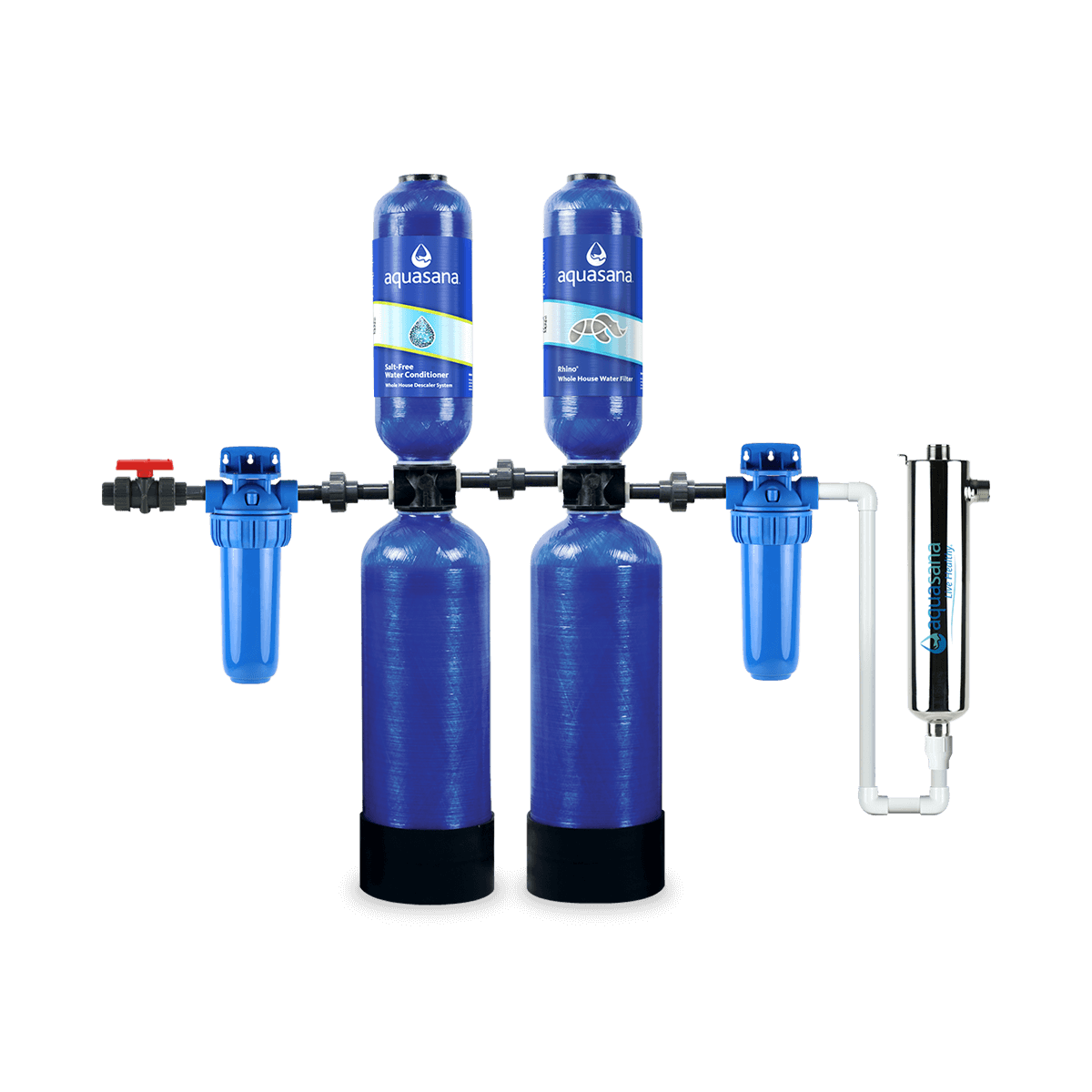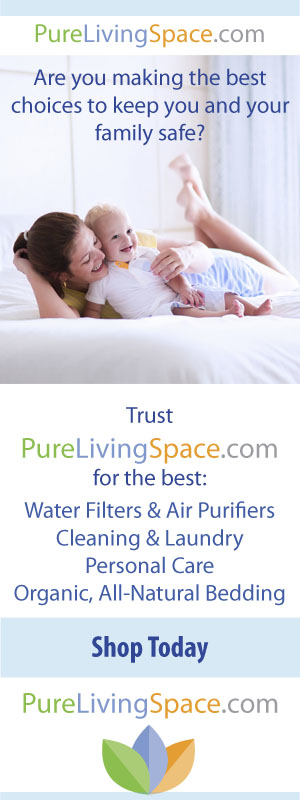

HAPPY EARTH DAY!!!
This is a post from last year that I feel is important to share again on EARTH DAY!!Cleaning!!! No one wants to do it, but it must be done. Before the invention of commercial cleaners, people used items they had around the house like baking soda, hydrogen peroxide, vinegar, borax and lemon juice. These are still great items to clean with but if you don't feel like making your own cleaning recipe, there are GREENER OPTIONS. You must choose your products wisely because some that claim to be GREEN ARE NOT. First let me educate you as to why it is unhealthy to use most cleaners that have been on the market for years. They contain harmful chemicals which aren't safe. You, your children and pets are inhaling chemicals deemed hazardous by the Environmental Protection Agency/epa.gov
You can find products online if not at your local market.
vitacost.com
Greendepot.com
Environmental Working Group explains it best. Also look at the link regarding cleaning products used in schools...alarming!!!
www.ewg.org/schoolcleaningsupplies/faq
"1. Why you should clean greener
It's straightforward: There are health risks associated with many conventional cleaning products. These products can contain ingredients linked to asthma, cancer, reproductive toxicity, hormone disruption, neurotoxicity and other health effects. People who use or are around cleaning products at home or on the job may increase their risk of developing asthma or triggering asthma attacks.
Children accidentally exposed to harsh, corrosive cleaners can suffer burns to skin and eyes, and inhaling the fumes can cause lung damage. Exposure to low levels of these chemicals over a lifetime may increase the risk of developing serious health conditions, such as cancer or reproductive problems.
2. How to choose greener cleaning supplies
To pick a safer cleaner, you need to:
Find out what's in your cleaning supplies.
If you want to know what ingredients are in your cleaning products, you probably won't find them on the label (with a few exceptions).
Instead, you'll need to call the company or try looking on the product manufacturer's website, because manufacturers are not currently required to label their products with a full list of ingredients. Some companies will provide more information if you call or, increasingly, you can check the product's website. There is also new industry website to check called "Ingredient Central," where you can start your hunt for ingredients in a wide range of cleaning supplies.
It can be challenging to track cleaning ingredients down because the government doesn't require that cleaning products carry a list of ingredients, or even that products and ingredients are tested for health and safety. There are a few exceptions, like antibacterial cleaning products. These contain pesticides that have undergone testing overseen by the Environmental Protection Agency and the pesticide content must be on the label. In California, cleaning supplies that emit certain state-identified carcinogens and reproductive toxins at levels above health-based limits must have a warning label.
Once you know the ingredients, you should avoid these seven:
2-butoxyethanol (or ethylene glycol monobutyl ether) and other glycol ethers
Alkylphenol ethoxylates (some common ones are: nonyl- and octylphenol ethoxylates, or non- and octoxynols)
Dye (companies often hide chemical information behind this word; when it's unknown, it's safer to skip it)
Ethanolamines (common ones to look out for are: mono-, di-, and tri-ethanolamine)
Fragrance
Pine or citrus oil (on smoggy or high ozone days, compounds in the oils can react with ozone in the air to form the carcinogenic chemical formaldehyde)
Quaternary ammonium compounds (look out for these: alkyl dimethyl benzyl ammonium chloride (ADBAC), benzalkonium chloride, and didecyl dimethyl benzyl ammonium chloride)
Read more about these ingredients and how to hunt down complete ingredient lists on Enviroblog. Consider exerting your "purchasing power" to support the companies that list all ingredients on their products -- even when it's not required.
3. Tips for cleaning greener at home
Do them all today or take it step by step -- whatever works to get you cleaning greener!
Less is more: Dilute your cleaning supplies according to instructions and use only what's needed to get the job done.
Open the window: Clean with windows and doors open so you don't trap air pollution inside your home.
Use gloves and other precautions: Cleaning chemicals may harm or penetrate skin and eyes -- check warning labels.
Keep kids away: Children are more vulnerable to toxic chemicals. If they like to help, let them clean with soap and water, not toxic cleaners.
Avoid "antibacterial": If your family is generally healthy, there's no need to use potentially toxic "antibacterial" products, according to the American Medical Association. Wash your hands with plain soap and water.
Never mix bleach with ammonia, vinegar, or other acids: These combinations can produce deadly gases.
Don't be fooled by labels -- buy certified green products: Label claims aren't always true. Cleaning supplies certified by Green Seal or EcoLogo meet green standards.
Try natural alternatives: Experiment with non-toxic options like vinegar (great for windows when diluted with a little water -- wipe with old newspaper or rags) and baking soda (mix with water to form a paste for scrubbing). Of course mix with care; some ingredients are dangerous when combined.
Take care with pine and citrus oil cleaners: Avoid using these cleaners especially on smoggy days, when the ingredients can react with ozone to produce cancer-causing formaldehyde.
Skip the biggest hazards: Avoid air fresheners, use a baking soda and water paste to clean the oven and tackle toilet stains, and use a mechanical snake to unclog the drain.
Dispose of your old toxics safely: If you choose to toss your old cleaners instead of using them up, drop them off at your local hazardous waste facility. Don't pour cleaning supplies down the drain -- some of the ingredients can harm wildlife as well as people.
In the Kitchen:
Skip the biggest kitchen hazards, use safer alternatives: Replace oven cleaners with a baking soda and water paste and corrosive drain cleaners with baking soda and vinegar or a mechanical snake.
Fight germs without nasty chemicals: Microwave your sponge -- wet it and zap for two minutes to kill germs.
More non-toxic ways to fight germs: Wash your hands often with regular soap and water -- no need for "antibacterial" soap. Wash dishes and clean counters frequently so germs don't collect and avoid "antibacterial" dish soap. Take out the garbage regularly to avoid germs, pests, and bad odors.
In the Bathroom:
Skip the biggest bathroom hazards, use safer alternatives: Scrub toilets with baking soda and water instead of an acidic toilet-bowl cleaner. Use baking soda and vinegar or a mechanical snake instead of corrosive drain cleaners when you have a clogged drain (prevent clogs by using a drain cover).
Fight germs without nasty chemicals: Focus on the toilet -- keep germs isolated by tossing toilet cleaning rags into the wash right away and keeping the scrub brush in an out-of-the-way spot.
More non-toxic ways to fight germs: Wash your hands often with regular soap and water -- no need for "antibacterial" soap. Wipe down showers after each use to prevent mold and mildew.
Forgo air fresheners: Air fresheners are unnecessary and potentially harmful. They only disguise odors, while pumping a bunch of potentially toxic chemicals into the air. Open a window, run a fan, and try to identify and clean up the real source of the smell. A box of baking soda is another safe way to eliminate odor.
Your Floors and Furniture:
Sweep and vacuum frequently to remove dust, which often harbors household toxins. Read more about toxic dust and how to control it in our Healthy Home Tip: Get rid of that (toxic) dust.
Mop with a dilute vinegar solution (e.g., ¼ cup vinegar in 1 quart of water).
Try a microfiber mop to remove dust and dirt efficiently while using smaller amounts of both water and cleaning supplies.
Dust with a soft or microfiber cloth and skip dusting sprays.
Clean spills promptly so they are more easily removed with less toxic products.
4. Investigate alternatives to in-home pesticides
It's best to keep pesticides away from your home -- in and out. At-home exposures are one of the main ways people are exposed to pesticides, and since they're designed to kill, they can (not surprisingly) be dangerous to living beings (people, pets, wildlife).
Lawn and garden care. Organic gardening and lawn care is effective, and "how to" advice is readily available. Organic is healthier for your kids, pets and the environment than chemical fertilizers, pesticides, and herbicides.
Indoor pest control. Try preventive and non-toxic alternatives first, there are lots of effective options that don't contain pesticides. Pesticides should be a last resort. While pesticides must be listed on product labels, the other inert ingredients usually aren't and inert ingredients aren't necessarily safe.
Pet treatments. Ridding your pets of bothersome and harmful pests presents a unique challenge since pests (like ticks) can carry disease, but pesticides can harm the pet as well as human family members. Try some simple prevention steps, like frequent bathing and combing, and of course vacuuming to catch any bugs and their eggs. If you choose to apply pesticides to your pet, follow the product's instructions, wash hands immediately, and be sure young children are unlikely to have contact with the pet for 24 hours. The US EPA offers tips for pet owners who use pesticides to do so with caution to reduce adverse effects on treated pets."
Its amazing to me that companies are allowed to sell products which aren't safe for humans!!! By switching your cleaning routine, you can keep your family safe!! Do you have a cleaning tip?? Share it with us!














No comments:
Post a Comment